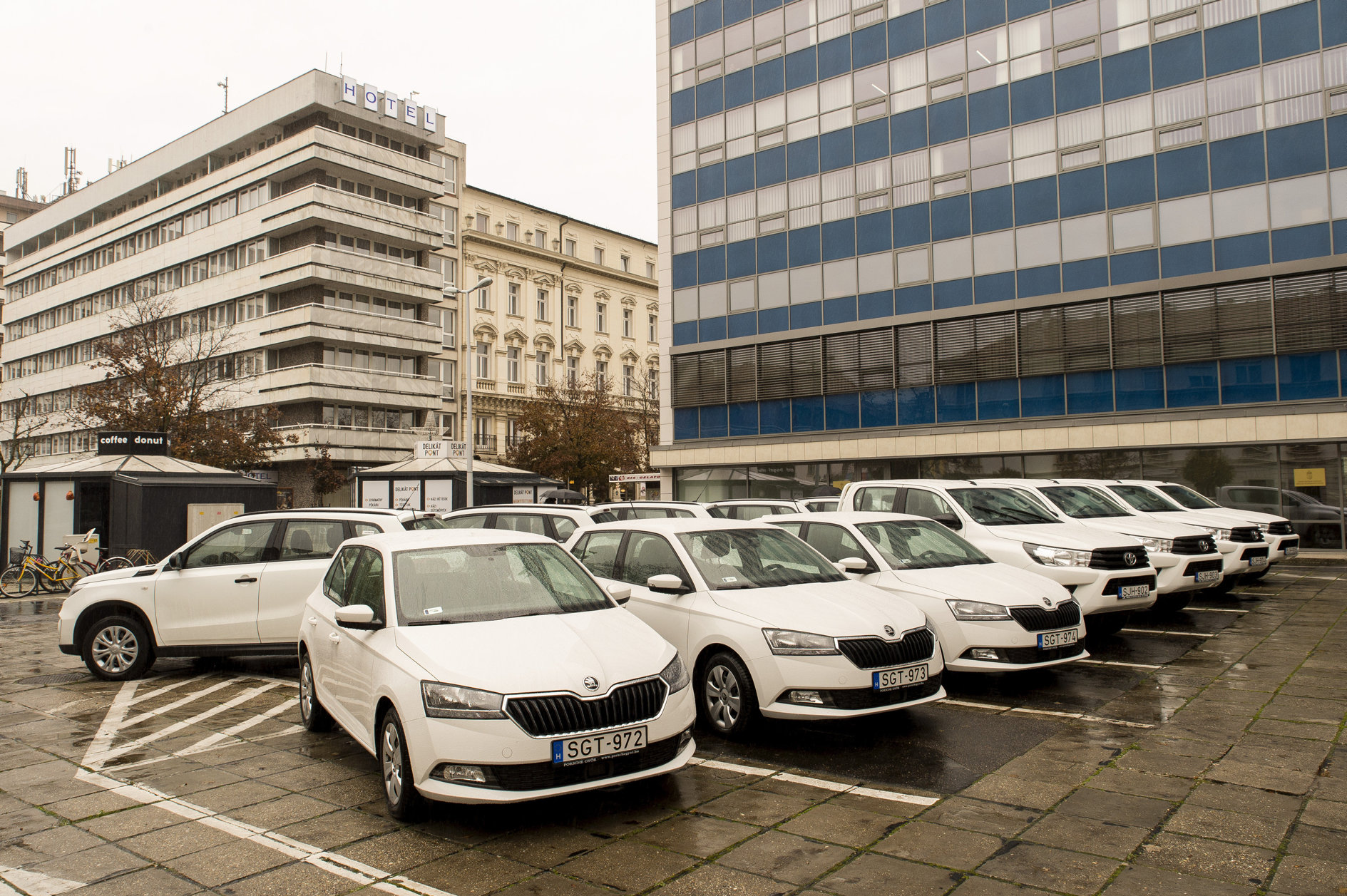
Looking back at the radical change in Hungary's monetary policy over the past decades, the weakening seems rather unsurprising.Continue reading

The weakening of the Hungarian forint (HUF) has led to unprecedented price increases on the Hungarian car market, even by European standards, while chip shortages are slowing down global supply.
This article was originally published on our sister-site, Ungarn Heute.
Last year, the average price of new cars in the European Union rose by 3.5%, while prices in Hungary increased by 9.2%, according to Eurostat’s data. This not only made Hungary the frontrunner in this matter, but also put it well ahead of 2nd-placed Germany, where inflation in the new car market amounted to only 4.6%, Napi.hu reports.
Things weren’t much better in 2020, when the Hungarian market became 8.8% more expensive, in comparison to the EU’s 1.7%. In 2019, Hungary ranked second with 4.4%, with Portugal being the only country further behind with 4.7%, while the 27 EU member states booked an inflation rate of 1.9%.
Car prices are, of course, above the average inflation rate not only in Hungary, but also in other European countries, as the sector has been facing supply problems for a long time now. This may be attributed to the shortage of semiconductors, but logistics have also suffered the effects of the coronavirus crisis. Thus, nowadays you not only have to pay a lot for a new car, but you also have to wait a long time for it.
featured image illustration via Csaba Krizsán/MTI